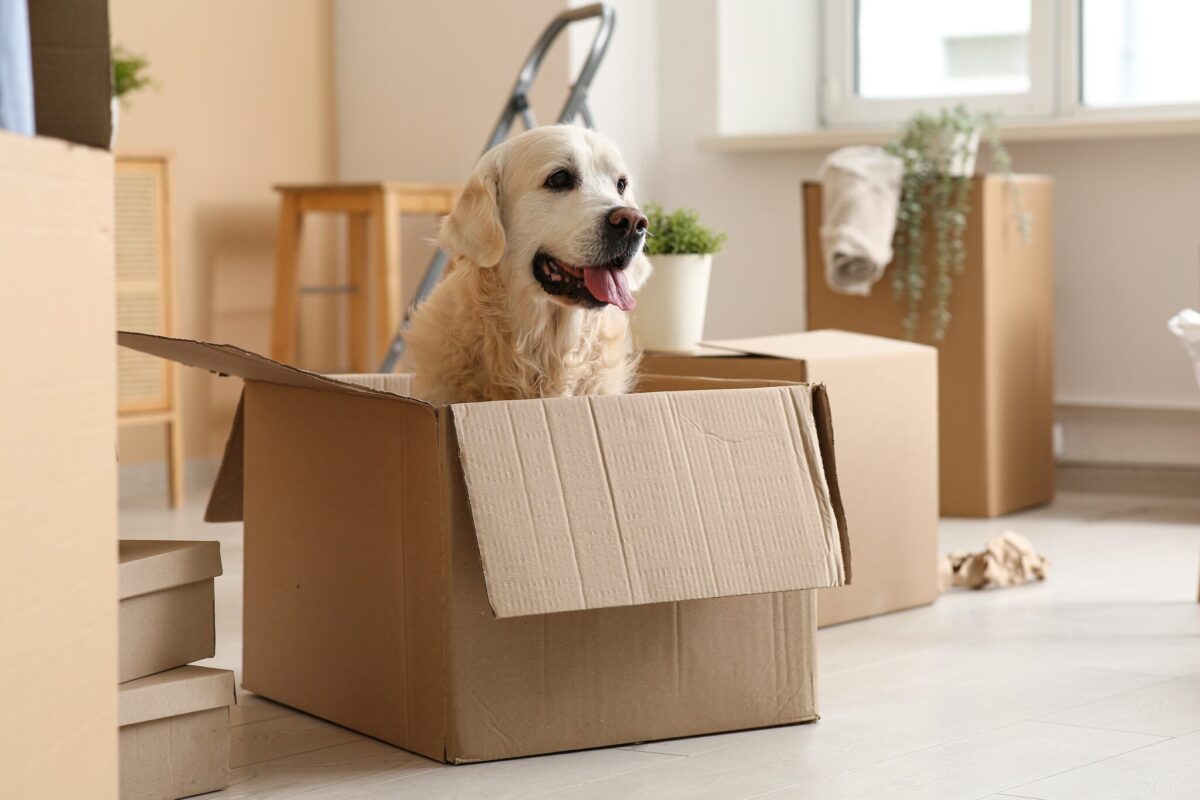
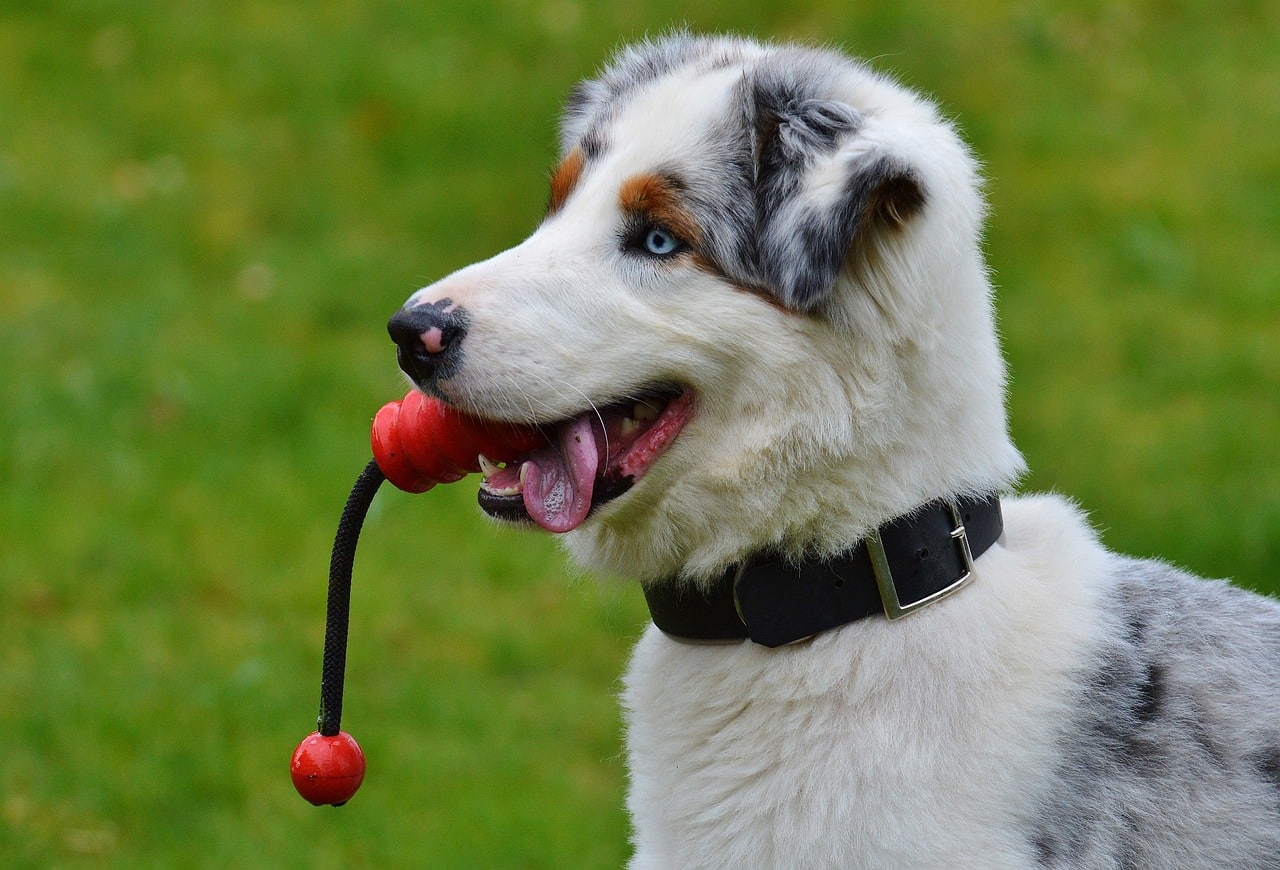 Shutterstock
Shutterstock
Moving to a new home can be overwhelming for dogs, as they rely on familiarity and routine to feel secure. Unfamiliar sights, sounds, and smells can create anxiety, leading to stress or behavioral issues. However, with a bit of patience, preparation, and thoughtful strategies, you can help ease your dog’s transition into the new space, making it feel like home. By creating familiar areas, maintaining routines, and offering extra reassurance, you’ll help your dog adjust smoothly and settle happily into their new environment.
Create a Familiar Space
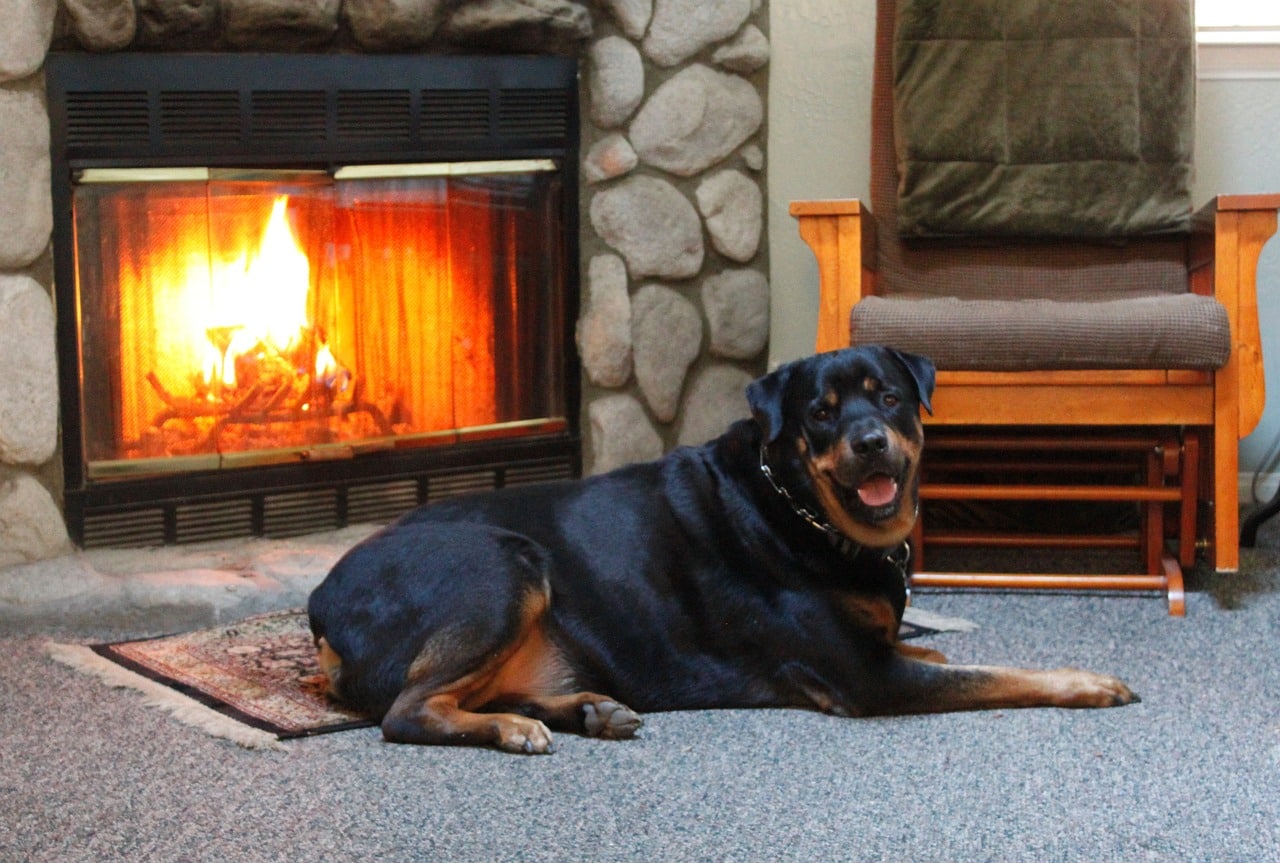 Shutterstock
Shutterstock
Setting up a dedicated space with familiar items is one of the best ways to help your dog feel at ease in a new environment. Bring along their favorite bed, blanket, or toys to give them a sense of security in an unfamiliar setting. A designated spot in the new home that smells like them can help reduce anxiety and remind them of the comforting surroundings they’ve left behind. This familiar area serves as a retreat where they can relax and feel at home while gradually exploring their new environment.
Maintain a Consistent Routine
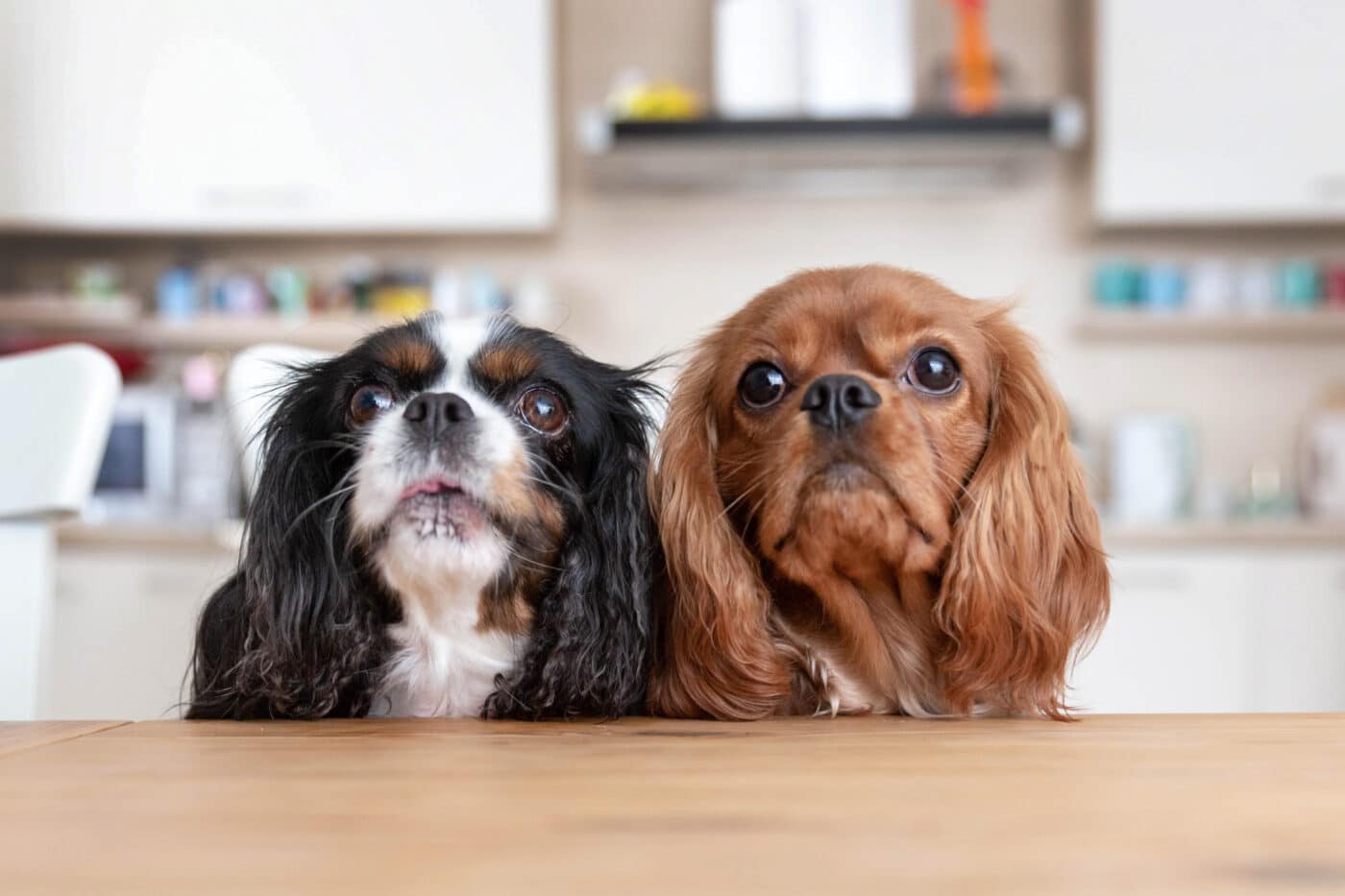 Shutterstock
Shutterstock
Dogs thrive on routine, so sticking to a familiar schedule for feeding, walks, and playtime can provide comfort and reassurance. Moving can disrupt normal routines, but try to keep meal times, potty breaks, and bedtime as consistent as possible. A regular schedule will help signal to your dog that even though their surroundings have changed, their daily life remains predictable. This consistency helps them feel secure, offering a sense of stability during a time of major change.
Take it Slow with Introductions
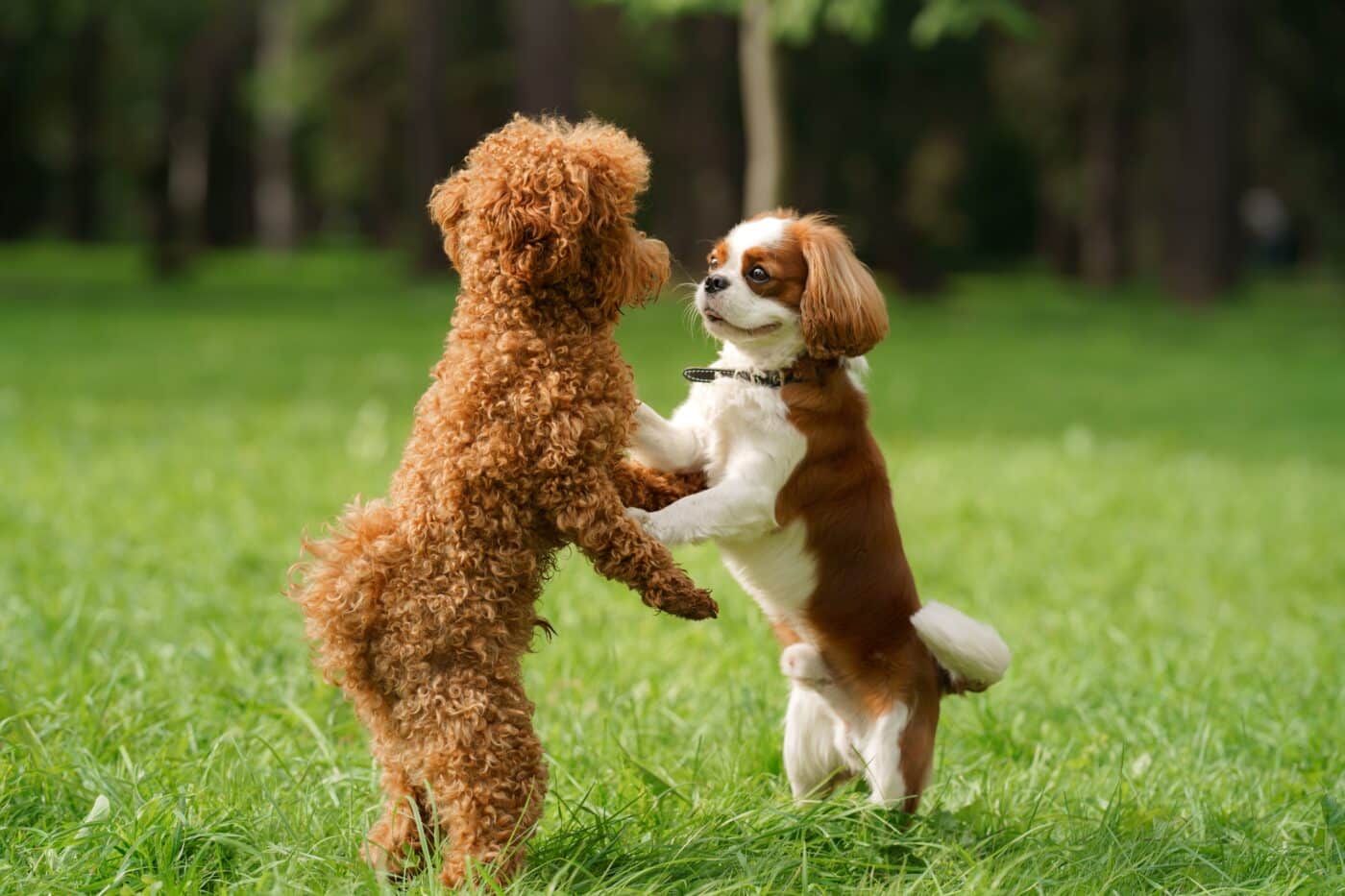 Shutterstock
Shutterstock
If you’re moving to a home with new family members, other pets, or even an entirely different neighborhood, introduce these new aspects gradually. Allow your dog to meet new people or animals one at a time, in a calm and controlled setting. Too many new faces at once can be overwhelming, so keep these interactions short and positive to prevent stress. With gradual introductions, your dog will have the chance to become comfortable in their own time, helping them adapt to their new environment.
Stick to Known Commands
 Shutterstock
Shutterstock
In a new environment, it’s essential to reinforce basic commands that your dog already knows, like “sit,” “stay,” and “come.” Familiar commands offer structure and a sense of normalcy, making your dog feel more secure. Using these known commands also helps reinforce that you are still in charge, no matter where they are, which can ease any feelings of anxiety they may have. This approach allows them to rely on what they know and feel more confident as they navigate new spaces.
Keep Walks Familiar—At First
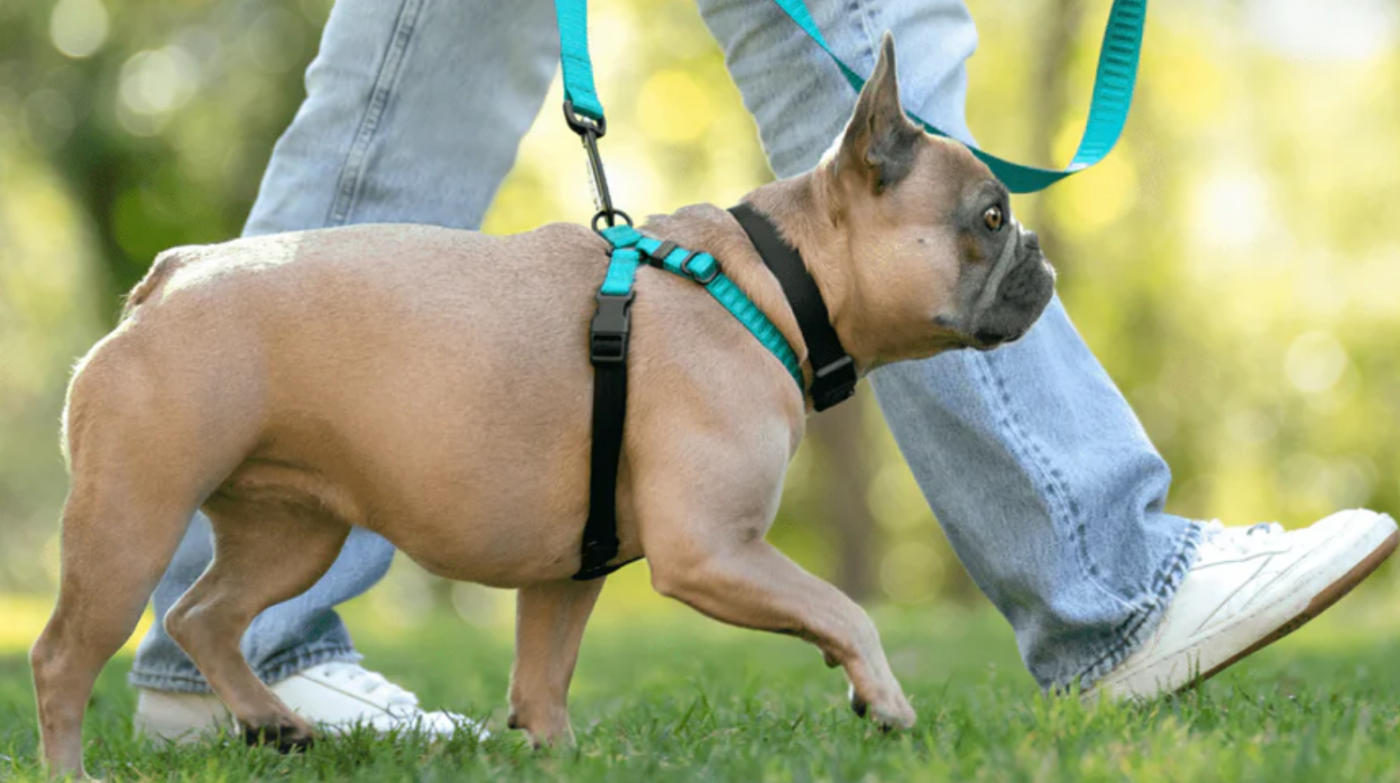 Shutterstock
Shutterstock
If your dog is used to certain walking routes, try to replicate those as closely as possible in the new neighborhood. Initially, walk around quieter areas or take familiar toys along to help your dog feel comfortable. Gradually explore different paths and let them sniff and investigate, but don’t rush the process. Familiarity breeds comfort, so easing them into new routes allows your dog to feel at ease and confident in their new surroundings.
Give Extra Attention and Reassurance
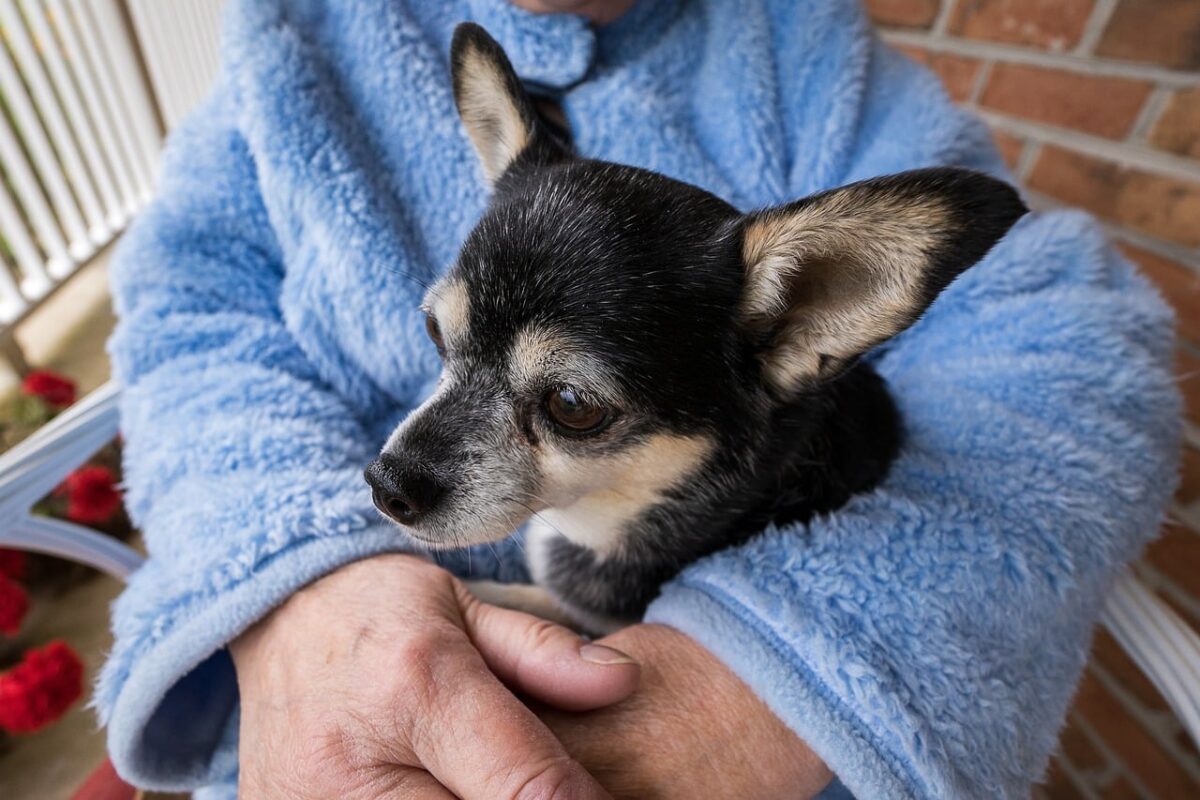 Shutterstock
Shutterstock
During the adjustment period, your dog may need extra affection and reassurance. Offer plenty of cuddles, pats, and verbal praise to let them know they’re safe and loved. Spending more time with them, playing or simply being nearby, can help them relax and feel secure. This extra attention can significantly ease their anxiety, reassuring them that they haven’t been abandoned in this unfamiliar place. A little extra affection goes a long way toward helping them adjust more comfortably.
Monitor Behavior Changes
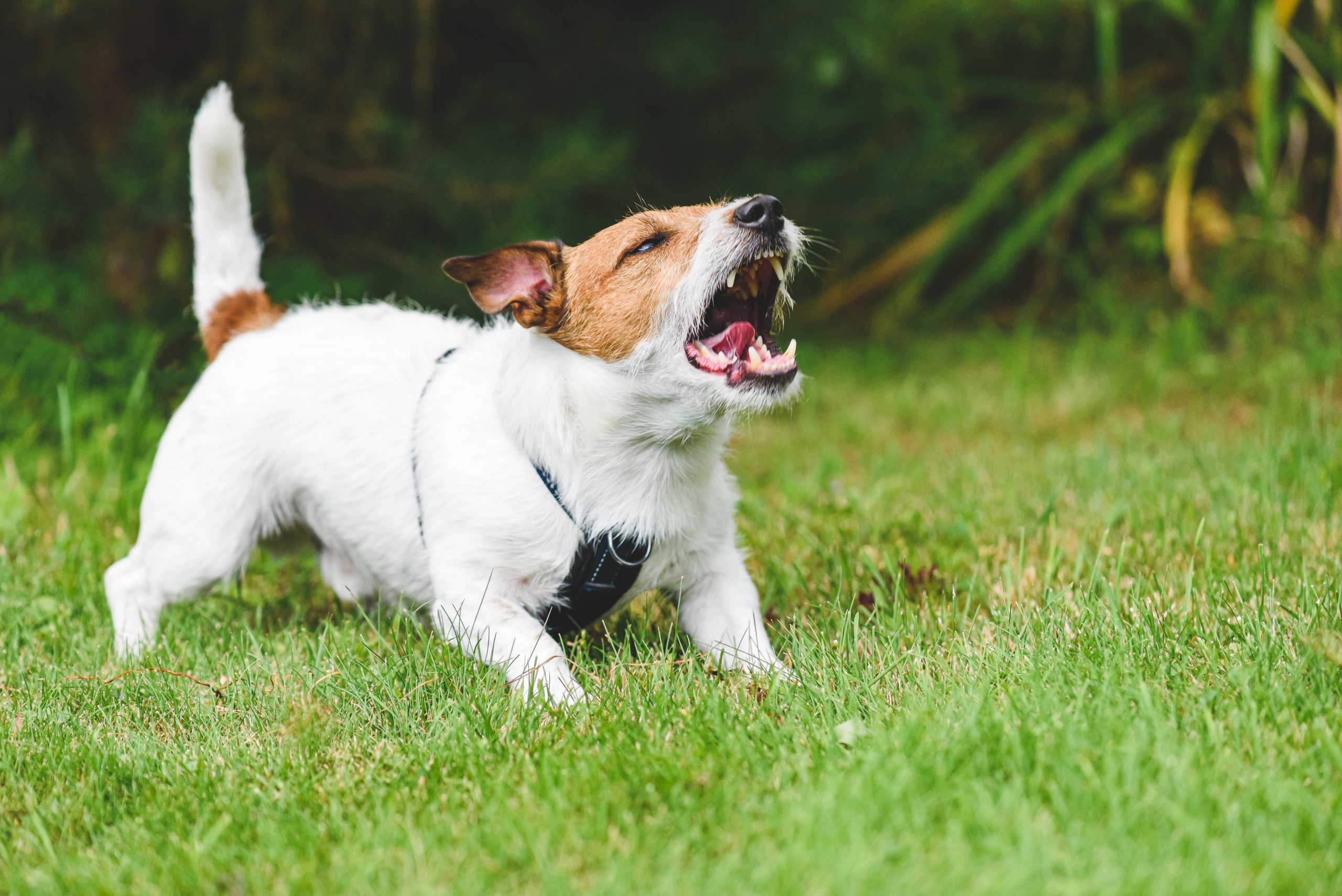 Shutterstock
Shutterstock
Watch for any behavioral changes during the adjustment period, such as excessive barking, digging, or changes in eating habits. These can be signs of stress or anxiety, and addressing them early can prevent them from becoming ingrained habits. If you notice any concerning behaviors, consult a vet or a professional trainer for guidance on managing stress. Monitoring their behavior will also help you identify areas where they may need extra support, ensuring they settle in without lasting anxiety or habits.
Avoid Leaving Them Alone Too Soon
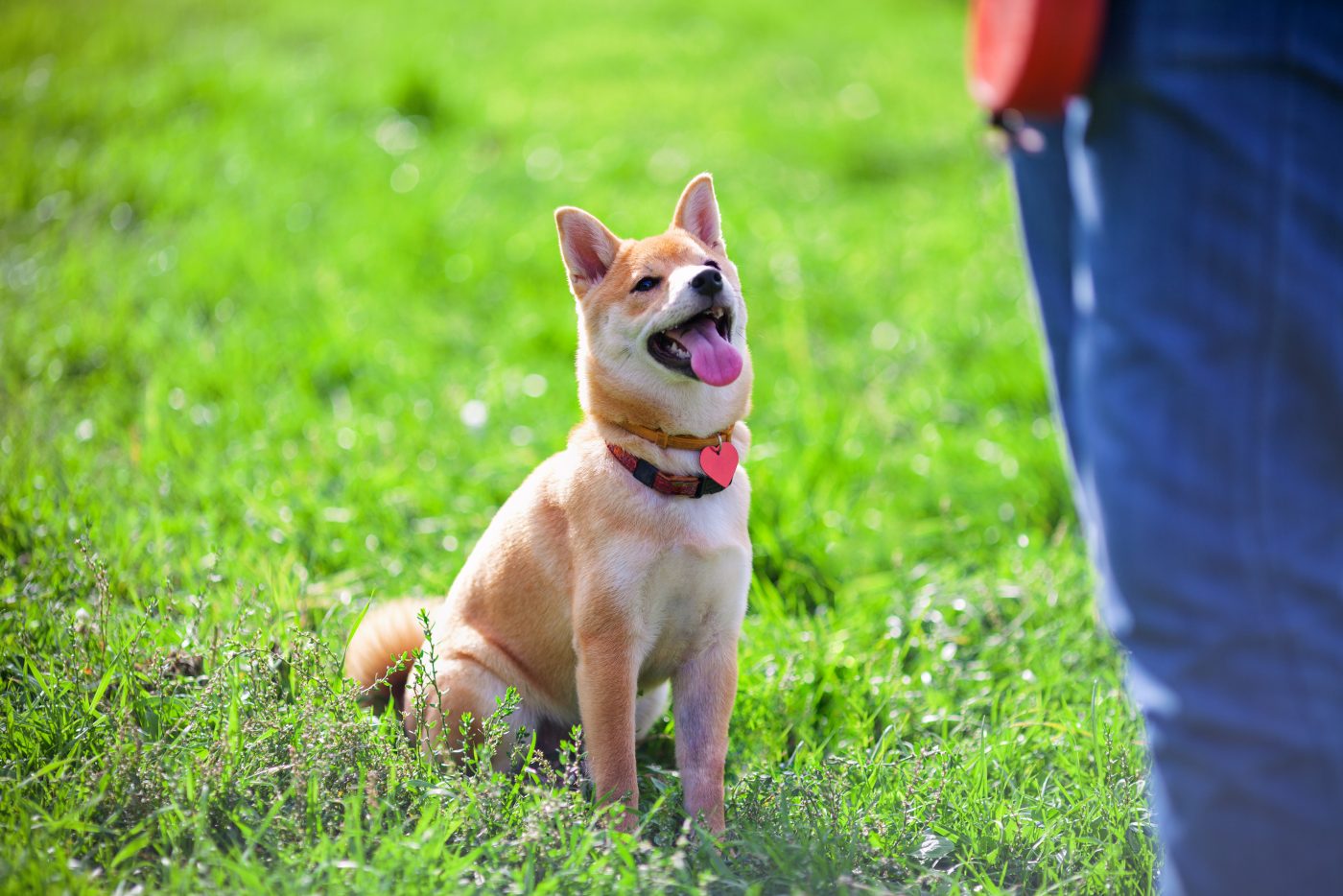 Shutterstock
Shutterstock
Leaving a dog alone in a new home too soon can heighten their stress and lead to separation anxiety. Ideally, spend as much time as possible with your dog during the first few days after the move. Gradually introduce alone time by leaving for short periods and increasing the duration as they become more comfortable. This gradual transition will help them understand that you’ll always come back, reducing their anxiety and helping them settle into the new home with confidence.
Use Positive Reinforcement for Exploring
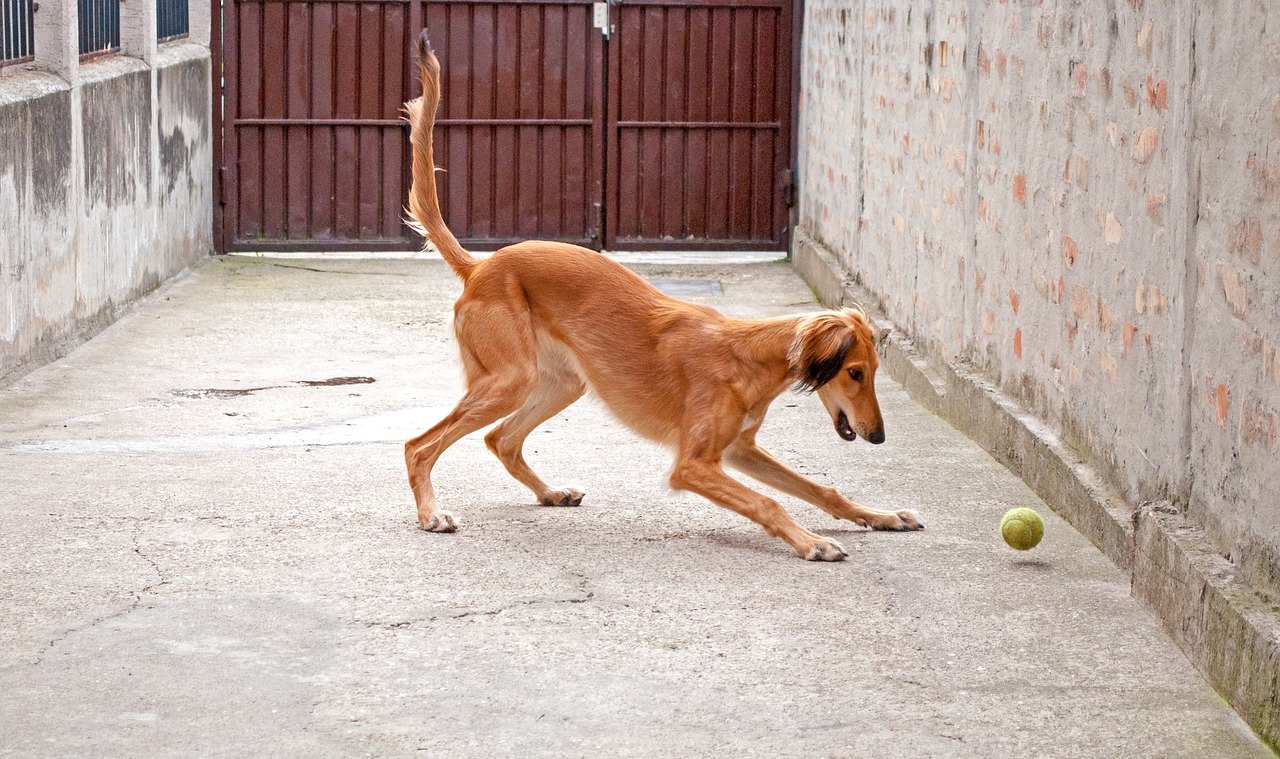 Shutterstock
Shutterstock
Encourage your dog to explore their new home by using positive reinforcement. Whenever they show interest in a new room or object, offer a treat or a kind word. This will create positive associations with the unfamiliar space, making them feel more secure and adventurous. Positive reinforcement helps build their confidence as they become familiar with the environment, easing their anxieties and making the space feel like their own.
Be Patient with Potty Training
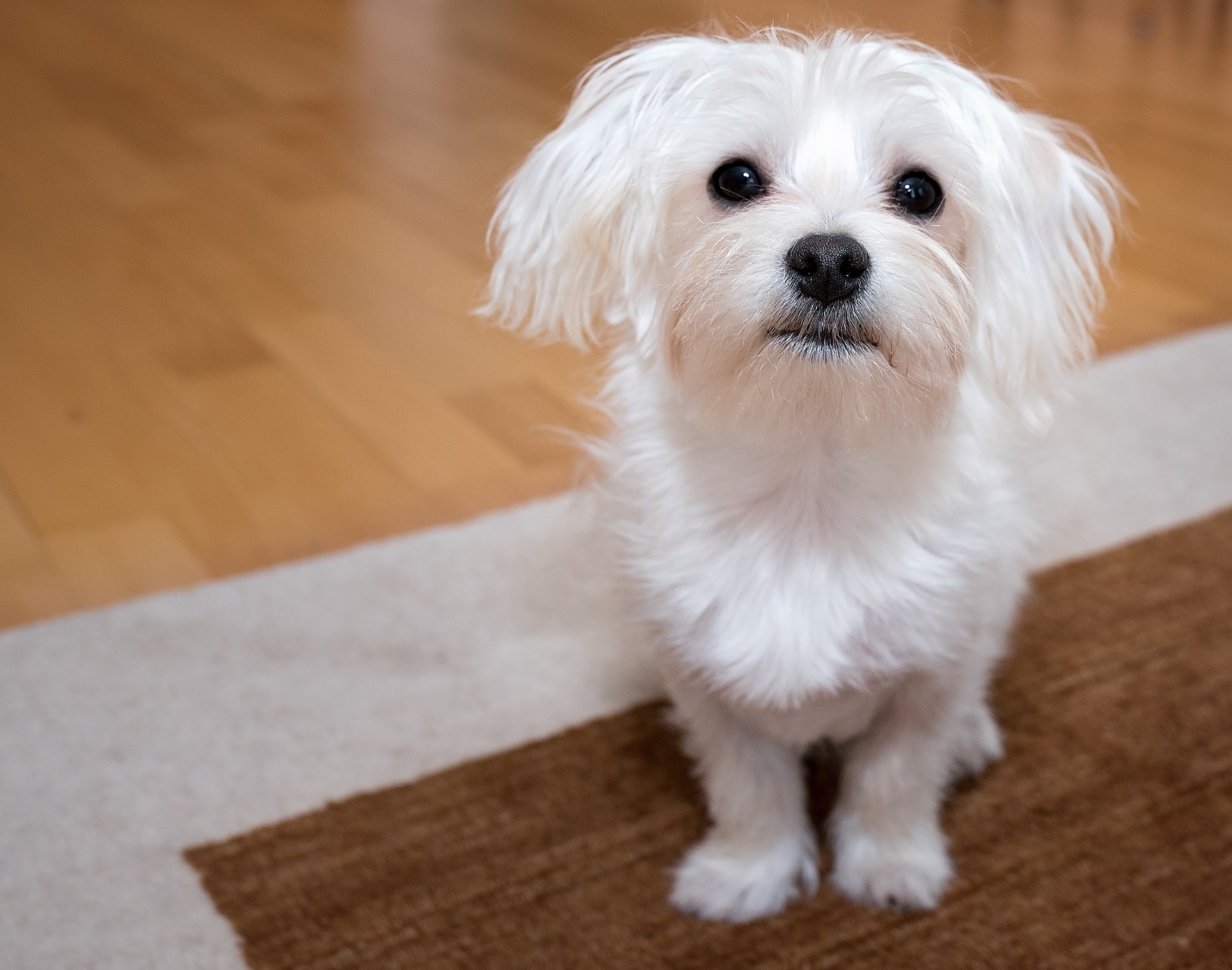 Shutterstock
Shutterstock
In a new environment, even a well-trained dog may have accidents. Give them time to adjust, and reinforce potty training as you would with a puppy. Show them where they should go and praise them when they use the correct area. If accidents do happen, clean up without punishment, as scolding can increase their stress. Patience and consistency are key to helping them relearn their potty routine in their new environment.
Tail Wags And Sniffing Success
 Shutterstock
Shutterstock
Helping your dog adjust to a new home requires patience, familiar comforts, and a lot of love. By maintaining a steady routine, providing their favorite toys or blankets, and using positive reinforcement, your dog will begin to feel at home in no time. Keep treats handy, offer extra snuggles, and let them explore at their own pace. With your support, they’ll soon be wagging their way to comfort and confidence in their new space, making it truly feel like home.
Discover more from reviewer4you.com
Subscribe to get the latest posts to your email.





